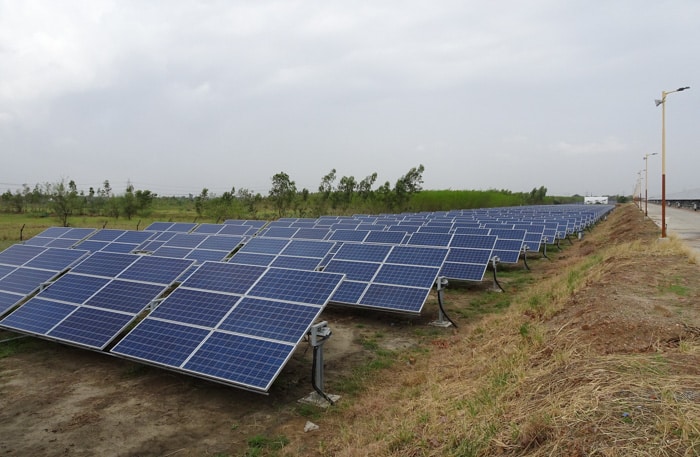India’s lofty climate goal is at risk due to the financial problems that power retailers face, along with other issues.
Part of the country’s green plan is to increase renewable energy capacity by the end of 2022.
But estimates from BloombergNEF reveal that India is likely to miss its 175 GW target. This translates to around 36% of failing to achieve such renewables goal.
This scenario is an indicator that the country is having structural issues on its way to net zero. The power suppliers, in particular, which control about 90% of the nation’s electricity supply are one of the main culprits.
How Hard is it to Achieve India’s Climate Goal?
The financial distress of India’s power retailers is the key reason why its 2022 target seems to fail. They struggle to pay off debts and recover losses, affecting their service delivery.
Such a situation led to power suppliers’ missed payments to power producers. In effect, it also impacts other transactions across the industry, hindering growth.
For instance, wind projects that won government auctions did not manage to take off. This is largely linked to the issues confronting the distribution utilities.
Thus, industry experts believe that it’s imperative not to rely on state power retailers in hitting India’s climate goal.
Otherwise, it will put the nation’s climate goals at risk.
One way to expand its renewables target is to use new technologies like green hydrogen. This prompted the government to use extreme measures to offer citizens affordable, clean energy.
Unfortunately, the quest for clean energy has driven energy prices too high. This makes things even more challenging for the nation to advance its climate plan. Other major factors are also at play.
Too many policy changes and tax matters.
“Renewable energy is a business where making the most out of the investment is vital”, the CEO of a solar power developer said. But, if there are too many changes in a policy that affect the cost, growth in the sector becomes slow.
Also, taxes and import tariffs increases caused uncertainties in costs. For example, a sharp rise in renewable energy equipment taxes, from 5% to 12%, hit power developers so hard.
Likewise, major solar power developers in India are dubious about the new import tax. They are forced to delay big solar projects, holding 900 MW, because of a high customs tax of 40%.
Such is the case with the renewables partnership between Scatec ASA and Acme Solar Holdings. There are other renewables projects that can largely contribute to India’s climate goal. But those structural issues are putting them on hold.
So, What Comes Next for India?
India managed to report some renewables achievement, 152.9 GW + 72.6 GW, powered by hydro, solar, and wind. But still, such figures are too far from India’s ambitious climate goal set by Modi at the COP26 summit.
The country seeks to have 500 GW of renewables by 2030, getting huge interest from investors.
Yet, what’s even more critical than winning investors’ attention is fixing the major problems hurting the power sector in India.

